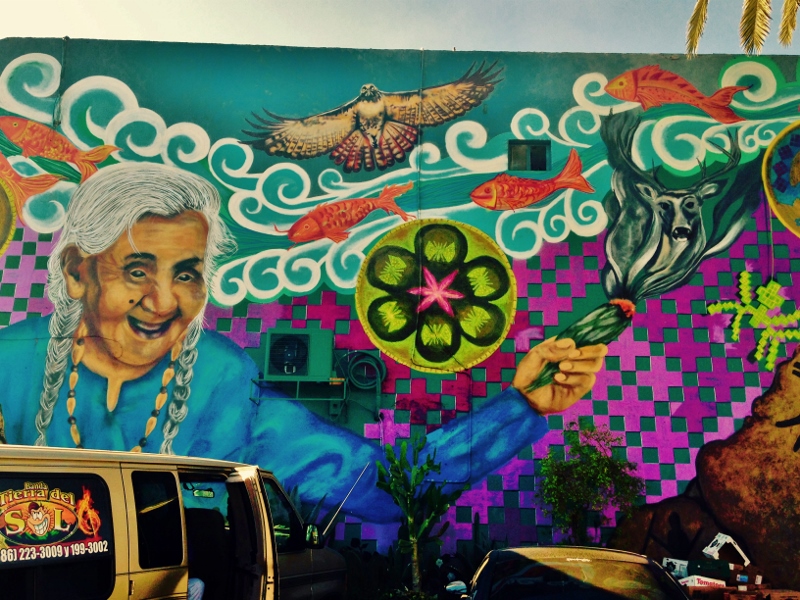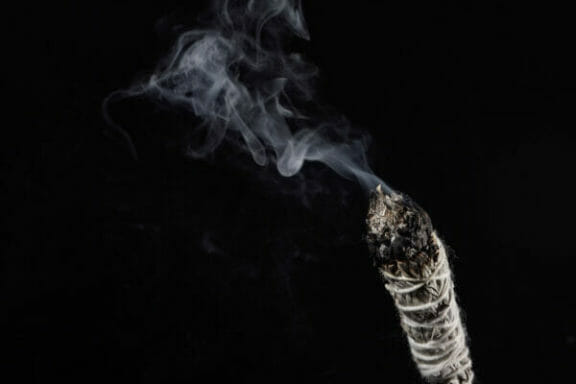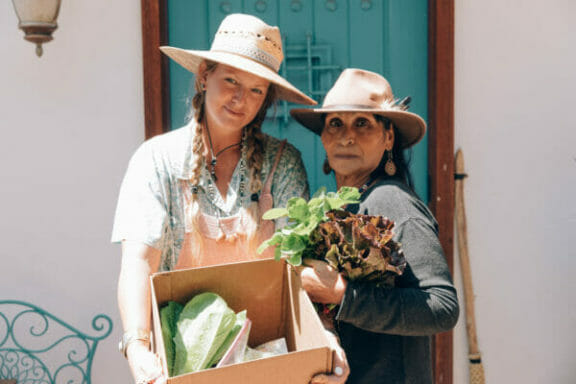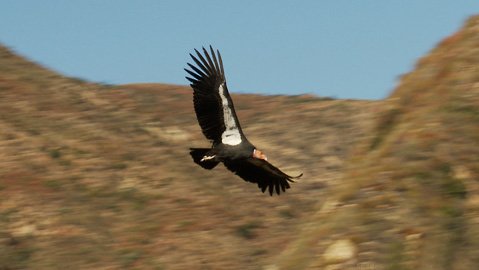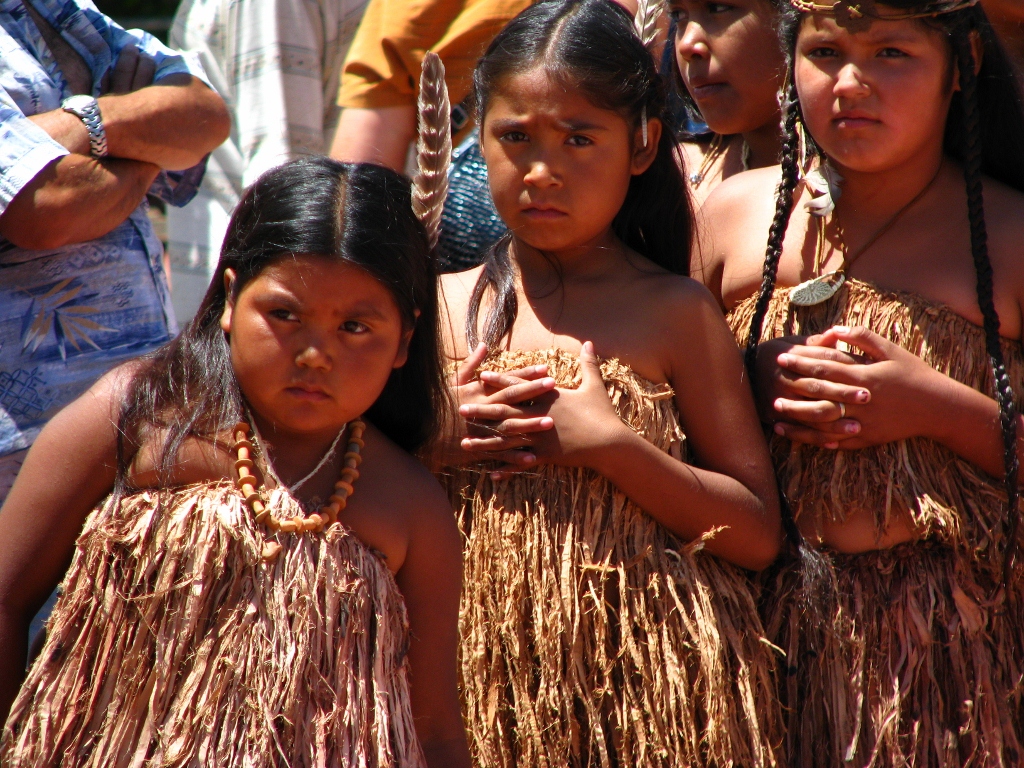EcoJustice Radio airs parts of a Emmy-nominated documentary “First People Kumeyaay” from Explore San Diego, originally on KPBS in 2014. It features multiple Kumeyaay Nation folks as well as several academic scientists. We also will hear the story from the Kumeyaay tradition, ‘Coyote and The Rabbit’ as told by Stan Rodriguez.
Tag: Kumeyaay People
Poaching the Sacred: The Fight to Preserve White Sage
Our EcoJustice Radio guest, Deborah Small, along with Rose Ramirez and the California Native Plant Society, have made the award-winning documentary Saging the World to raise awareness and call for action around the protection of white sage.
Indigenous Regeneration: Remembering the Past to Inspire the Future
Regenerative Agriculture gains momentum globally as Indigenous communities in California reconnect with the land and food sovereignty. EcoJustice Radio spoke with Lacey Cannon on Indigenous Re-Generation about her farming work with the California Native communities.
Kuuchamaa: The Exalted High Place of the Kumeyaay
The Kumeyaay of southern and Baja California have a rich history of coexistence on the border of California and Mexico in the mountainous region of San Diego County. Here we republish Florence Shipek’s treatise on the preservation of their sacred mountain called Kuuchamaa, also known as Cuchuma, as well as several videos on their culture, history and stories.
California Condor: Overcoming Extinction, A Symbol of Renewal
The California Condor Recovery Program has defied the odds to rescue from oblivion the last of the prehistorics and icon of Native Californian cosmology. Threats such as lead ammunition, microtrash, and sprawling land development threaten these impressive gains of an endangered species. The film “The Condor’s Shadow” documents this struggle.
Kumeyaay People: Traditions Survive in Baja California
Groups of Kumeyaay People live in the isolated canyons of the Tijuana River watershed, high in the Baja California peninsula. They harvest acorns and pine nuts, hunt rattlesnake and small animals, collect grasses to weave baskets. They allow a glimpse of what life in Southern California before the Spanish arrived was like.

